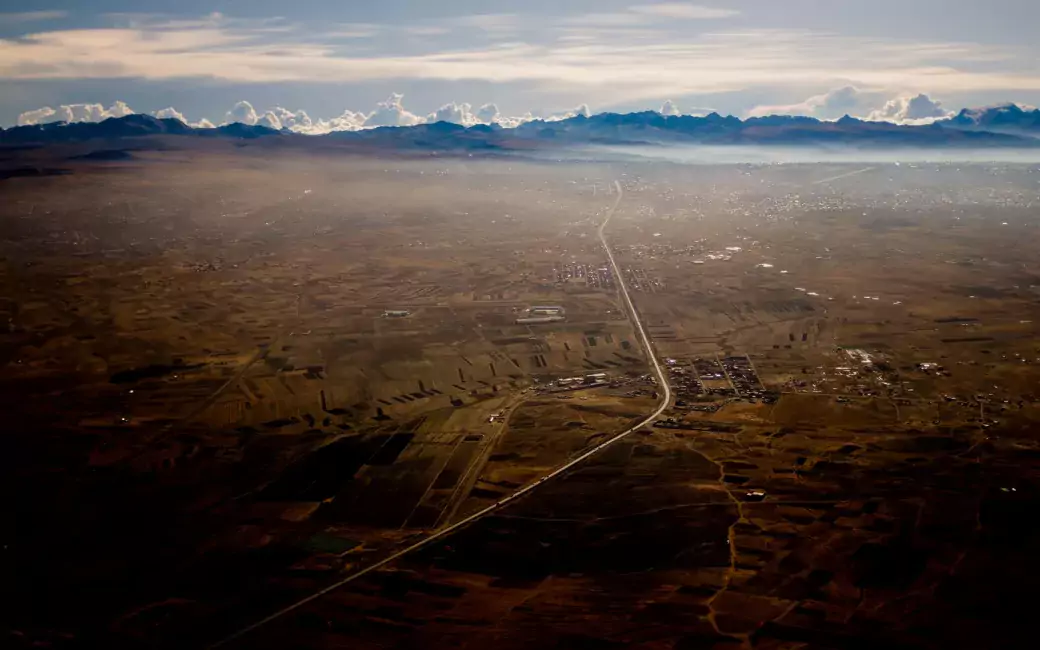Molecular-level measurements at Chacaltaya, Bolivia revealed that oxidized organic molecules were linked to isoprene emissions from Amazon rainforests hundreds of kilometers away. This potentially plays a crucial role in new particle formation, shedding light on the aerosol formation process over the tropics.

Oxidized organic molecules originating from the Amazon rainforest are crucial components contributing to the formation of aerosol particles in the tropical free troposphere, according to a new study led by the University of Helsinki.
Aerosol particles in the tropical free troposphere are known for their significant impact on global climate by serving as a large source of cloud condensation nuclei. However, the origin of these aerosol particles has remained unclear.
The latest research published in National Science Review demonstrated the presence of low-volatile organic compounds in the free tropospheric air from the Amazon, which sheds light on the formation of aerosol particles in this region.
"Oxidized organic molecules are the key to understanding aerosol formation in the near-pristine, pre-industrial-like environments like tropical free troposphere," says Professor Federico Bianchi from the Institute for Atmospheric and Earth System Research at the University of Helsinki, the corresponding author of the paper.
"But characterizing these compounds at the molecular level is extremely challenging due to their low concentrations, let alone under high-altitude conditions."
Measurements done at the top of the Chacaltaya mountain
The researchers found that the oxidized organic molecules, mainly composed of molecules with 4-5 carbon atoms, were present in the gas phase and in aerosol particles, linked to isoprene emitted from the Amazon rainforest that locates hundreds of kilometers away. These low-volatile organic compounds can nucleate or condense on the newly formed nanoparticles, potentially playing a significant role in the aerosol formation process in the tropical free troposphere.
"Isoprene-derived oxidized organic molecules can clearly influence aerosol particle formation on a continental scale in the tropical free troposphere," says Dr. Qiaozhi Zha, the lead author of the paper.
"This will potentially impact on aerosol particles in the boundary layer, cloud formation, and further global climate. Specifically, our findings provide valuable model parameterization constraints for simulating tropical aerosols in future studies investigating their impact on climate."
The atmosphere scientists are conducting field measurements at Chacaltaya GAW station, a Global Atmosphere Watch station measuring many parameters permanently near La Paz in Bolivia. The station is on the edge of the Amazon rain forest, near the top of the mountain 5240 metres above the sea level, and also the highest atmospheric laboratory in the world.






